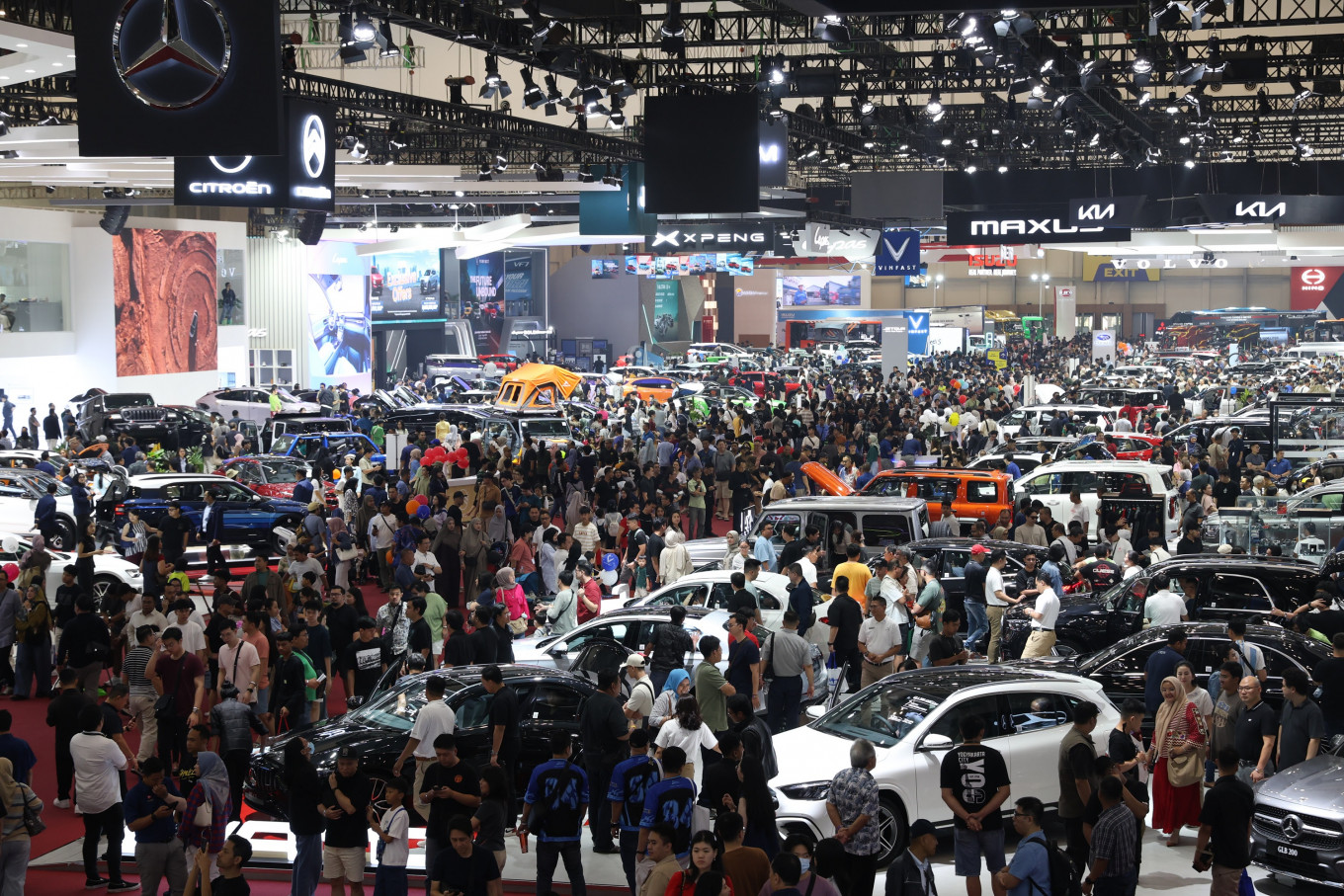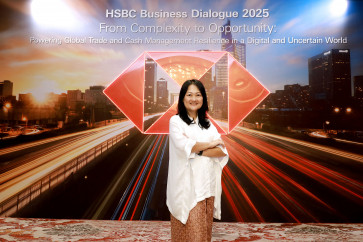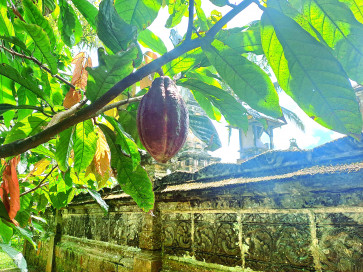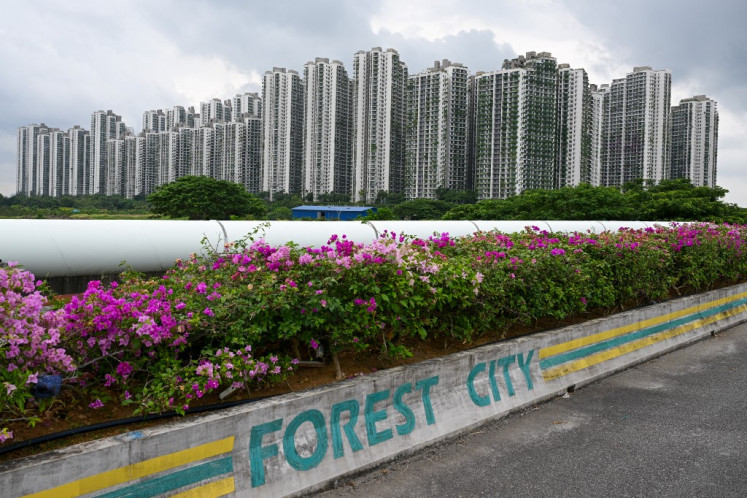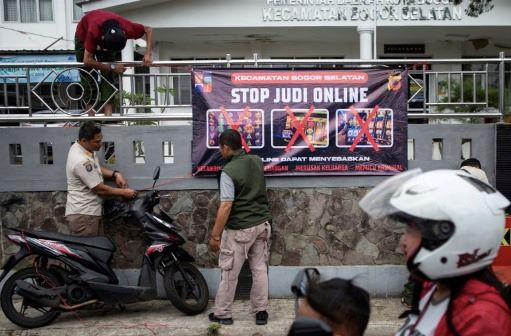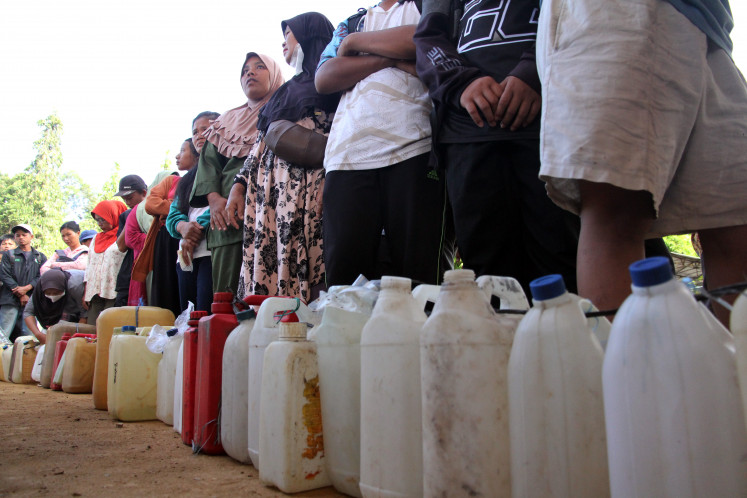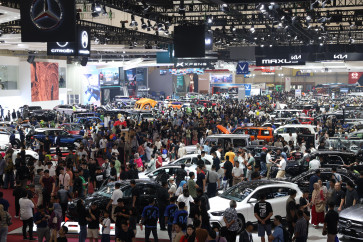Popular Reads
Top Results
Can't find what you're looking for?
View all search resultsPopular Reads
Top Results
Can't find what you're looking for?
View all search resultsIndonesia’s national car dream: Symbolism or strategy?
Indonesia has tried, and failed, to develop a native car brand over the decades, and attempting to revive this developmental model in the current era of energy transition with a globally connected supply chain risks ending in the same fate: merely a flag-waving vanity project.
Change text size
Gift Premium Articles
to Anyone
W
hen President Prabowo Subianto, marking his first year in office, announced that Indonesia’s long-anticipated national car would be launched within three years, he was invoking a powerful symbol of industrial pride, sovereign control and collective aspiration.
Yet behind that symbolism lays a difficult question: Is a national car truly a pathway to development, or merely an expensive emblem of misplaced industrial ambition?
As economist Ha-Joon Chang (2002) reminds us, every advanced industrial nation once nurtured infant industries behind protectionist walls. But Chang also warns that protection without productivity is mere nostalgia. The true test is whether protectionism translates into competitiveness, whether nationalism can evolve into capability.
This is precisely where previous attempts such as Timor and Esemka faltered. They relied on patriotic rhetoric rather than industrial discipline. A national car can be a symbol of sovereignty but without technological mastery, it remains a hollow symbol, a flag without a factory.
Today’s automotive landscape is one of consolidation, not fragmentation. The formation of Stellantis NV in 2021, as a merger between Fiat Chrysler Automobiles NV and Groupe PSA, epitomizes the scale of integration required to survive. The same logic drives alliances such as Toyota-Suzuki, Honda-Sony and Volkswagen-Ford on electric vehicles and autonomous platforms.
As Michael Porter argues in The Competitive Advantage of Nations (1990), national competitiveness depends less on isolation than on how firms are embedded within networks of industries and international clusters, a view that anticipated today’s complex, cross-border value chains.
In this context, Indonesia’s pursuit of a self-contained national car seems strategically outdated. Even Hyundai and Toyota no longer exist as self-sufficient entities, but as nodes in a global web of shared platforms, technologies and capital flows.

